Choosing the best crops for raft systems
So you’re starting a farm. You’ve got a basic business plan, a mentor to help you, and a growing facility. You’re not entirely sure what crops to plant in your raft system (deep water culture system), but you’ve got some ideas.
To help you make those decisions, we’ve put together a recommended list of crops for your raft system.
Before you choose, remember that crop choice depends not only on climate, technique, and facilities but on your local market. If you don’t have demand for your produce, you won’t make money. Period. Do market research before choosing crops!
Once you have market research done, you can consider other factors.
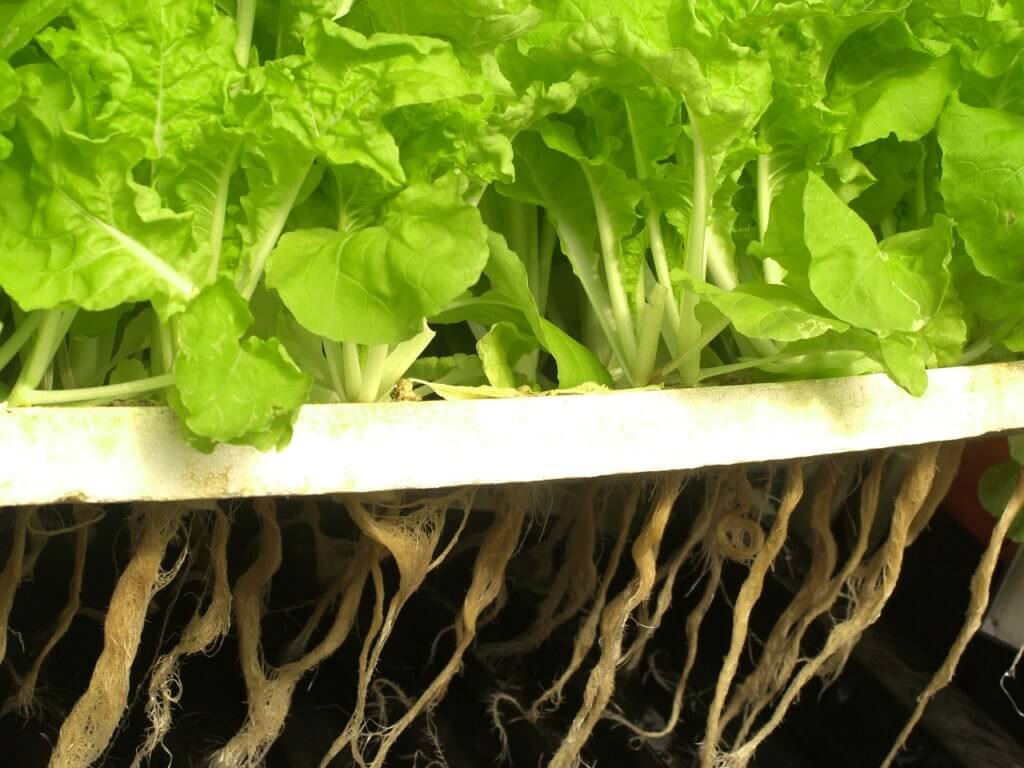
>>>Related: Best Crops for Bato buckets
We’ve grown dozens of crop types and had our share of failure. We’ve put together this guide on deep water culture (DWC) to help you learn from our mistakes, and make the right choice of crops from the get-go.
What is DWC?
For the uninitiated, deep water culture (DWC) or raft systems use a tank with nutrient solution (fertilized either with fish waste or a hydroponic fertilizer). A raft floats on top of the water, and plants on the raft dangle their roots into the solution below. Plants are supported on the raft with net pots or other tools like Grow Grips.
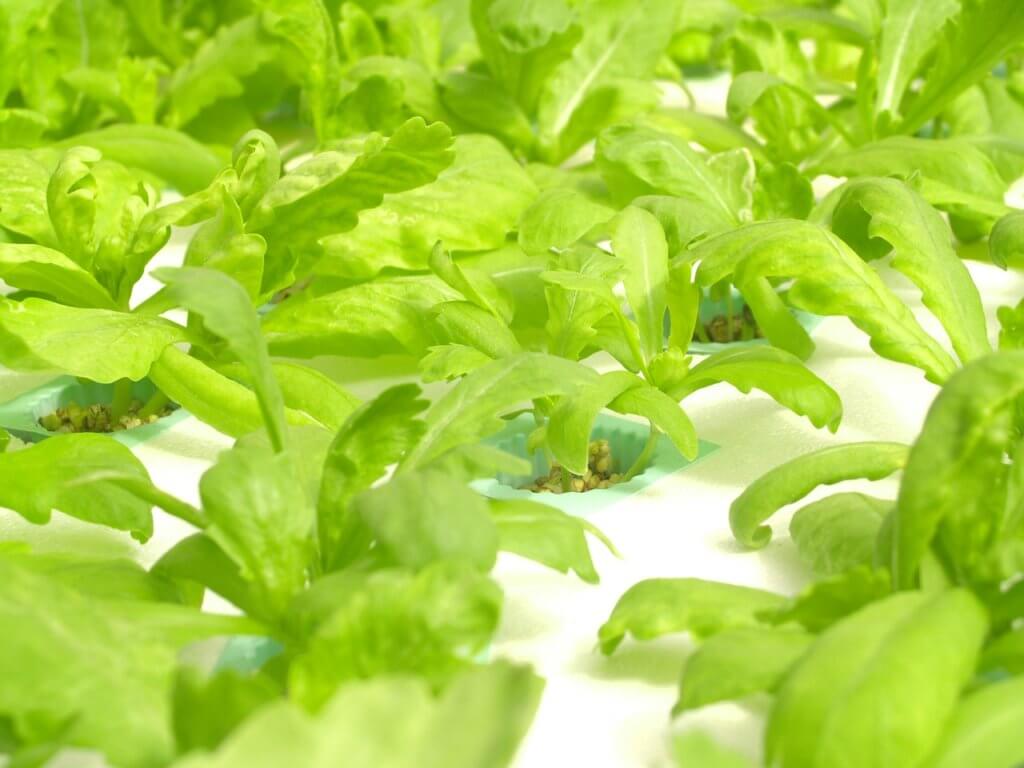
Check out our course on Upstart University for more information on managing an aquaponic DWC system.
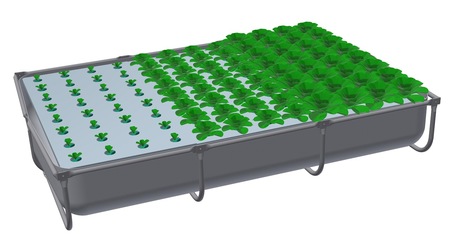
Deep water culture system floats the planted crops on rafts above a bed of nutrient-rich water.
This guide will walk you through a number of the best crops for deep water culture growing. Each kind of crop possesses a number of positive and negative qualities and offers unique possibilities for each growing situation. After reading this guide, you’ll be on track to make the best selection for your deep water culture operation, no matter how large the scale.
Factors for choosing DWC crops:
Selecting crops is a complex choice based on your individual growing situation. Instead of recommending crops without any context or clear methodology, consider the important qualifications for your crops:
1) Weight
Rafts are usually quite durable and affordable, but they can only support so much weight. The best crops for deep water culture are small and lightweight. Lettuce, for example, is a popular DWC crop and the perfect size to fit on rafts. Larger crops like tomatoes grow top-heavy. Without the root anchoring provided by a dense media, top-heavy plants can fall over or break at the stems.
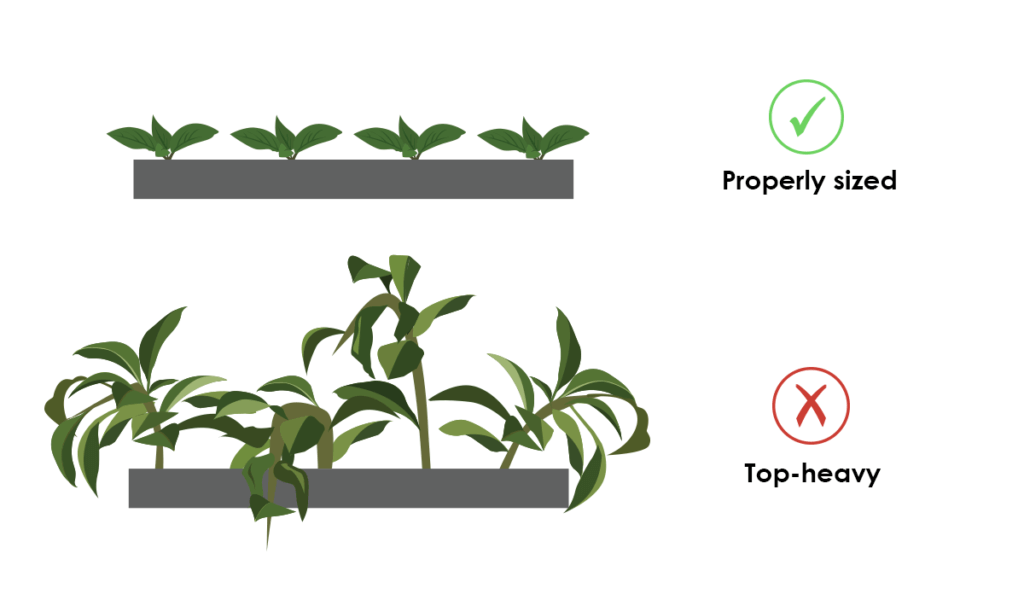
2) Footprint (volume)
DWC systems function on a single horizontal plane since they are typically too heavy to stack. This means that you have a 1:1 volume to growing area ratio. If you have limited space, consider a technique that can facilitate denser growing. If you have abundant space, this won’t be as big of a problem.
This does mean, however, that you want to fill that horizontal plane efficiently. Be sure to match your plant site spacing on your rafts to your plant size. (For instance, don’t leave 12 inches of space between sites if you’re growing romaine lettuce. You’ll waste a lot of space between plants.)
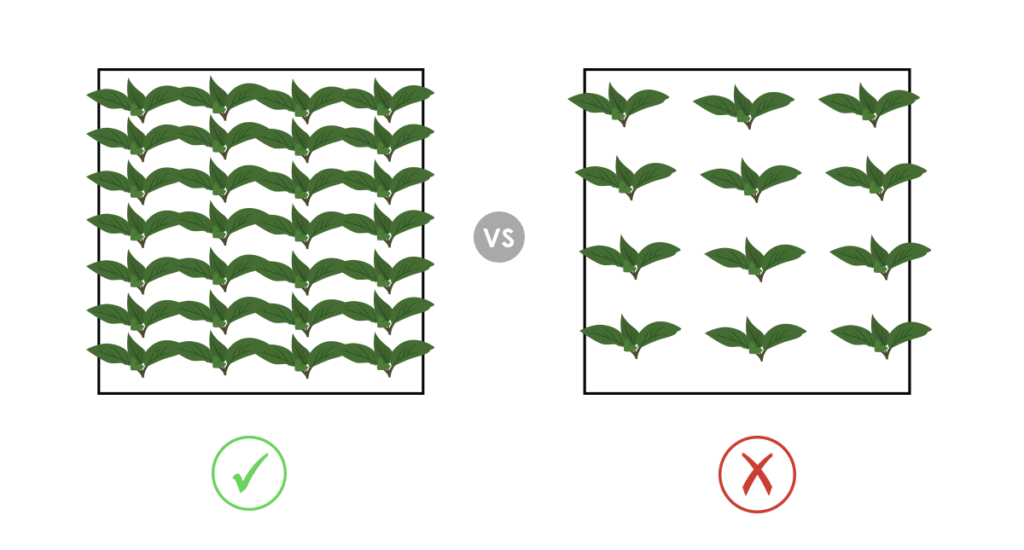
3) Water-friendly
Drought loving plants and herbs (like rosemary) that prefer “dry feet” don’t do well in DWC systems. On the other hand, thirsty plants like lettuce will thrive in DWC systems, so pick seed varieties that love water.
4) Yield (harvest potential)
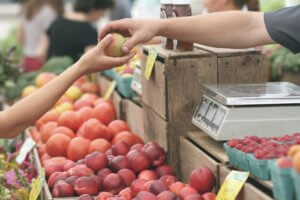
It’s important to do your market research before starting a farm. Learn more in the Four Markets course on Upstart U.
If you’re growing for commercial sales, you’ll want to ensure that the plant will provide you with a profit!
Make sure that you: a) have a decent margin on the crop and b) have a place to sell the crop. Don’t forget opportunity costs in your analysis. (If Crop A can offer you a decent income, don’t forget that there might be a Crop B that can offer you more.)
>>Related: Critical Decisions That Lead to a Profitable Farm
6) Breeding (hybridity)
Durability and vitality make hybrid plants more viable in deep water culture than selectively bred heirloom plants. Although heirloom varieties are appealing, the more well-known and studied hybrids are a more consistent bang for your buck.
Best crops for raft systems
With these qualifications in mind, here are a few recommended crops that can make your DWC operation great.
Basil
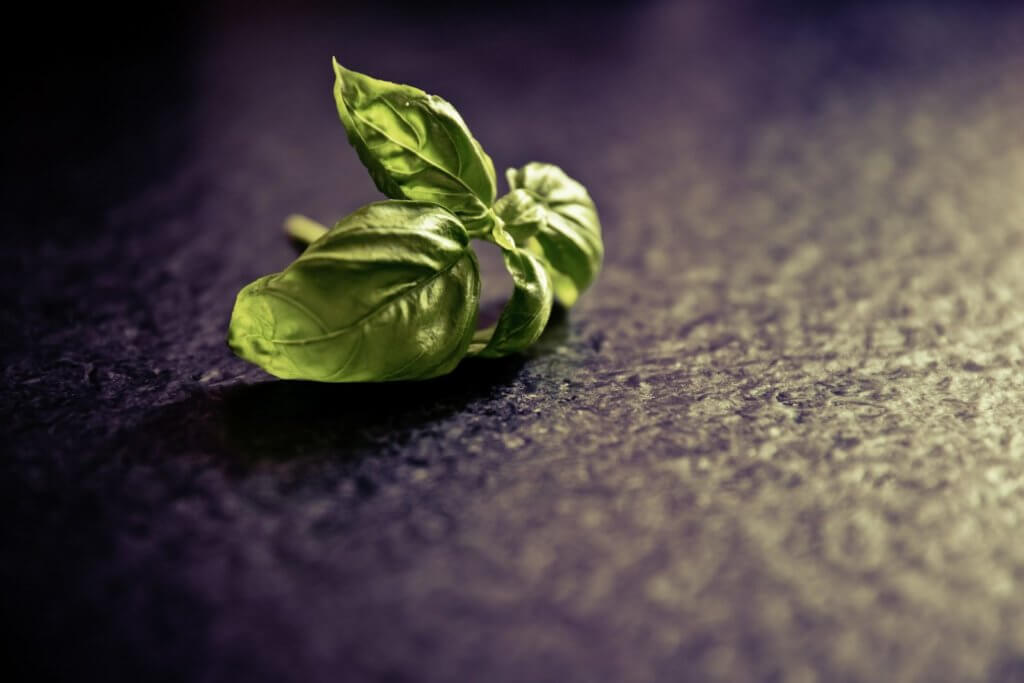
Growth time: 8–10 weeks from seed
The most labor intensive of our recommended DWC crops, basil is a unique plant. Clipping specific stems can change the growth direction of the plant from primarily vertical to bushier. This allows growers to get higher yield and better plants for displays but can take some practice.
Basil is a product that restaurants and groceries prioritize. A steady stream of basil means fresh pesto, caprese salads, and happy customers. While we don’t recommend basil for the newest growers, consider choosing basil as your second or third rotation of crops.
Learn more about growing basil here.
Lettuce
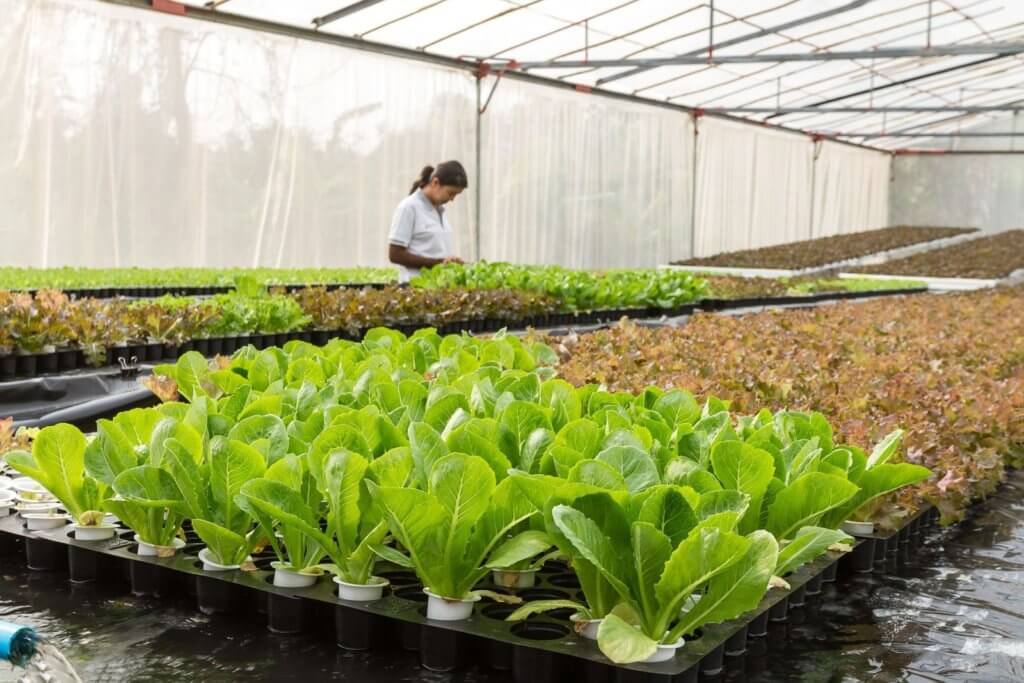
Grow time: 5–6 weeks from seed
The globetrotting lettuce is certainly one of the most popular crops in the world and makes a great addition to any deep water culture farm. Lettuce is one of the most easy-growing plants in any farming operation, and DWC is no different. With a short growing cycle and high market demand, we encourage any growers new to deep water culture to consider lettuce as an option for their farm.
There are hundreds of varieties of lettuce; favorites of the Upstart Farmers include green or red romaines, Amish Deertongue, Salanova, and mesclun mixes. The flavor in these brands can be crisp, buttery, or tart. Lettuce is a great first pick for new DWC growers.
Learn more about growing lettuce here.
Okra
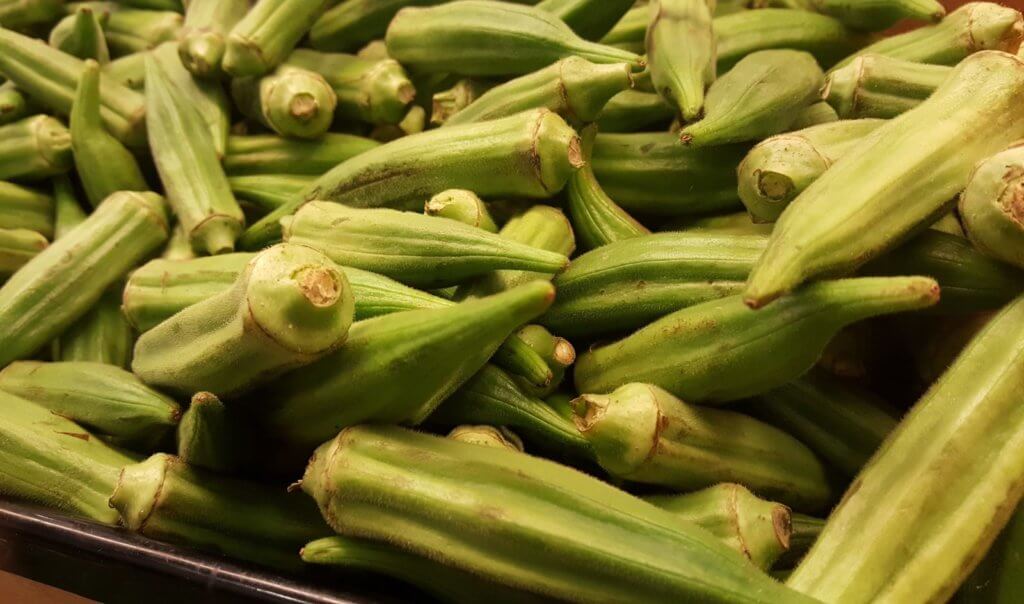
Grow time: 7–9 weeks from seed
The beautiful and delicious okra is a common sight on tables and in gardens in the American South. Planting okra is a bit unique, requiring soaking the seeds a few hours before planting.
Okra also has beautiful flowers and is sometimes used as an ornamental in public gardens. Okra is another great crop to wow your potential restaurant and grocery clients.
Kale
Grow time: 5–6 weeks from seed
Everyone’s favorite superfood, kale is a great match for the DWC approach to indoor growing. Kale prefers cool temperatures and can be harvested either fully or partially by taking 30% of the plant at once. Kale and lettuce together make for a great first growing operation.
Learn more about growing kale here.
Collard Greens
Grow time: Broccoli 7–8 weeks, cabbage 7–8 weeks from seed
A staple of many dinner tables, collard greens are affordable, healthy, and delicious additions to any deep water culture operation. The collard green family refers to either cabbage or broccoli. Both of these plants are durable.
These crops are likely to present little competition from other local growers in your community. The investment required to support crops for greater than three months can be intimidating, but it means that you can likely charge a premium for these rare local crops. Don’t forget that both crops will grow rather large and heavy. Both will require a healthy amount of space on the rafts to thrive.
Sorrel
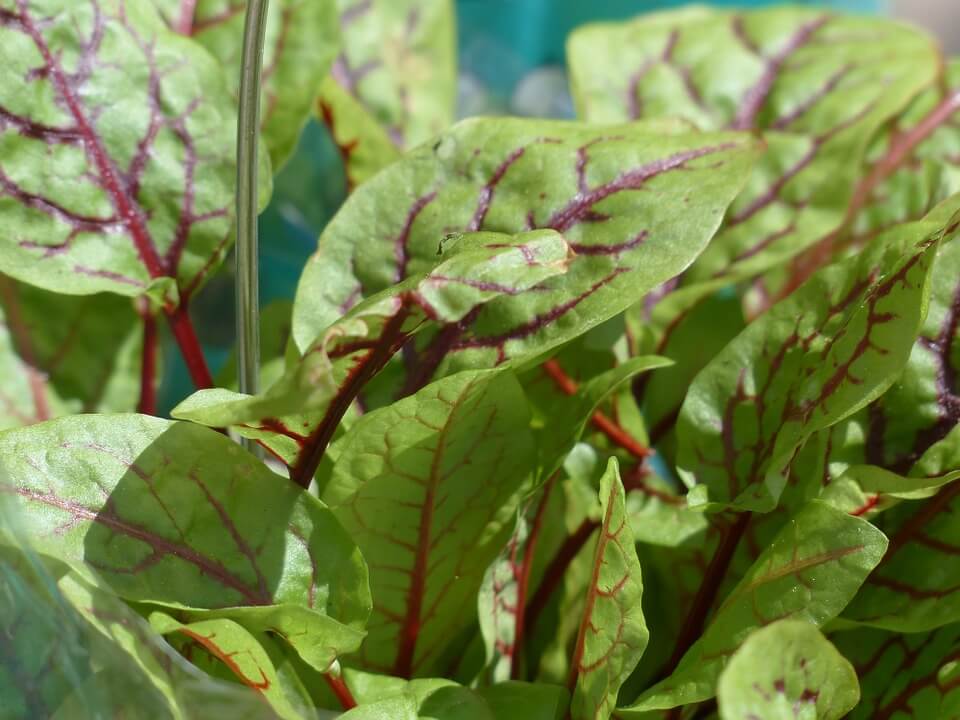
Grow time: 4–6 weeks from seed
Sorrel is a unique crop that remains unfamiliar in most households. Like collard greens, sorrel in the outdoors is a cold growing crop, thriving in fall and winter conditions. Deep water culture offers the opportunity to grow this temperature-sensitive crop year round.
Slightly bitter, sorrel is commonly used in cream- or sauce-based dishes where the slight acidity of the plant can be managed by dissolving. Sorrel not only makes for a great addition to many dishes, but its beautiful flowering adds a lovely touch to any growing operation.
Chard
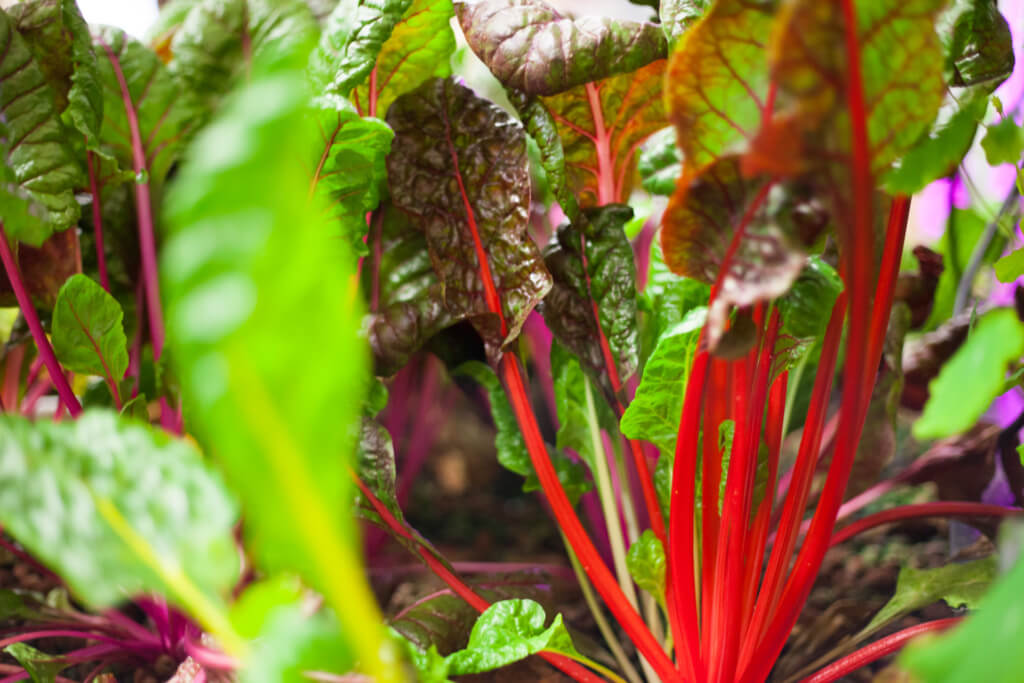
Grow time: 4–5 weeks from seed
Chard is a French green we recommend for its consistent demand. Our favorite variety is the Swiss “rainbow” chard. Chard is more susceptible to powdery mildew than some other crops, so look out for the white powder and take care of it proactively.
With a little temperature regulation, chard will produce delicious, buttery-tasting leaves. Like kale, chard can be harvested either fully or partially. Chard makes for a durable, tasty, and easy-to-grow crop in deep water culture operations.
Learn more about growing chard here.
Bok Choy/Tatsoi
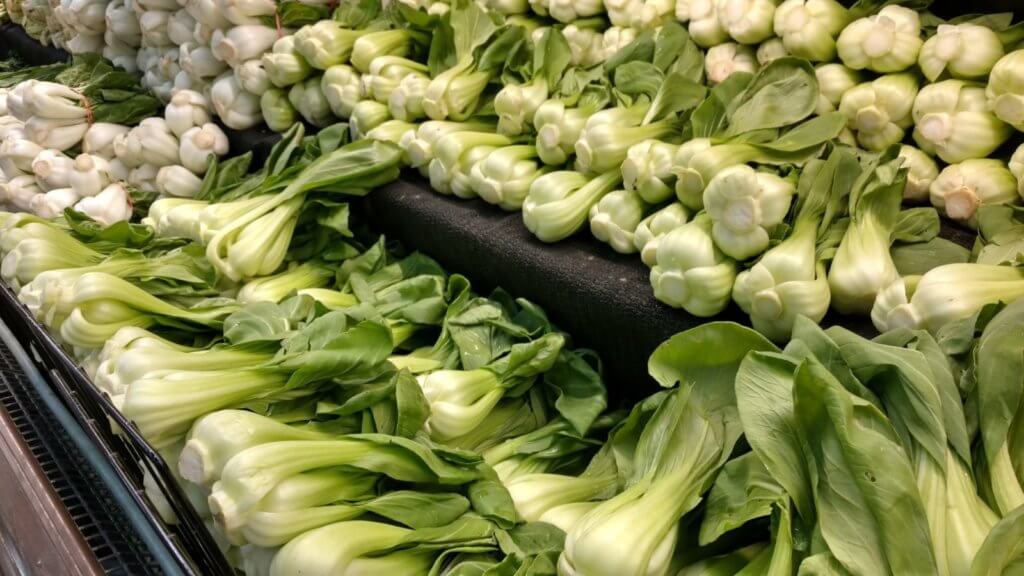
Grow time: 8–11 weeks from seed
Bok choy (and its cousin Tatsoi) is a popular Chinese cabbage that is a great choice for deep water culture. Bok choy’s various strains show remarkable variation between seed varieties, so be sure you’re selecting the right plants when purchasing.
We recommend the basic mustard bok choy variety, tatsoi (aka Broadbeak mustard), or Napa cabbage. Bok choy is a little heavier than the rest of the crops on our recommended list for DWC. Be sure your rafts are sturdy and ready to handle the potential weight and don’t overload your operation with too many bok choy plants.
Learn more about growing bok choy here.
What are your fellow farmers growing?

Brandon Youst poses in his food truck. Read about Brandon’s Kratky DWC system here.
Our friend Brandon Youst writes on his deep water culture success,
“I’ve grown a wide variety of lettuce, but I mostly stick to the larger heads. Butterhead (Sylvesta), bibb (Breen, Rhazes), romaine (Ridgeline), kale (Olympic Red, Toscano).
The only spinach I’ve found to work is tatsoi. Last year I grew bok choy and collards very well.”
Rob Torcellini of Bigelow Brook Farm writes on his DWC experience, “We mostly grow lettuce in our DWC. We’ve had very good luck with an heirloom variety called Crisp Mint which we buy from Seed Savers. I also will grow some green and red oakleaf but the primary is Crisp Mint.
Once the water temps go back over 62 or so, I will do a batch of basil which also does very well. We will harvest some fresh during the summer, but once the water goes back down to the low 60’s it dies fairly quickly so we will harvest and dry the remaining.
This year we grew some celery in the fall through the winter which is about ready to be harvested. It did very well in the cold temps so next year I’ll probably do a lot more.”
Picking crops for hydroponics?
Choosing crops? You can quickly reference the information you need for sixteen of the most popular hydroponic crops in the Best Crops for Hydroponics.
Use the eBook to discover:
- Which crops are compatible with others
- Special harvesting and planting considerations
- Crop timelines and turns

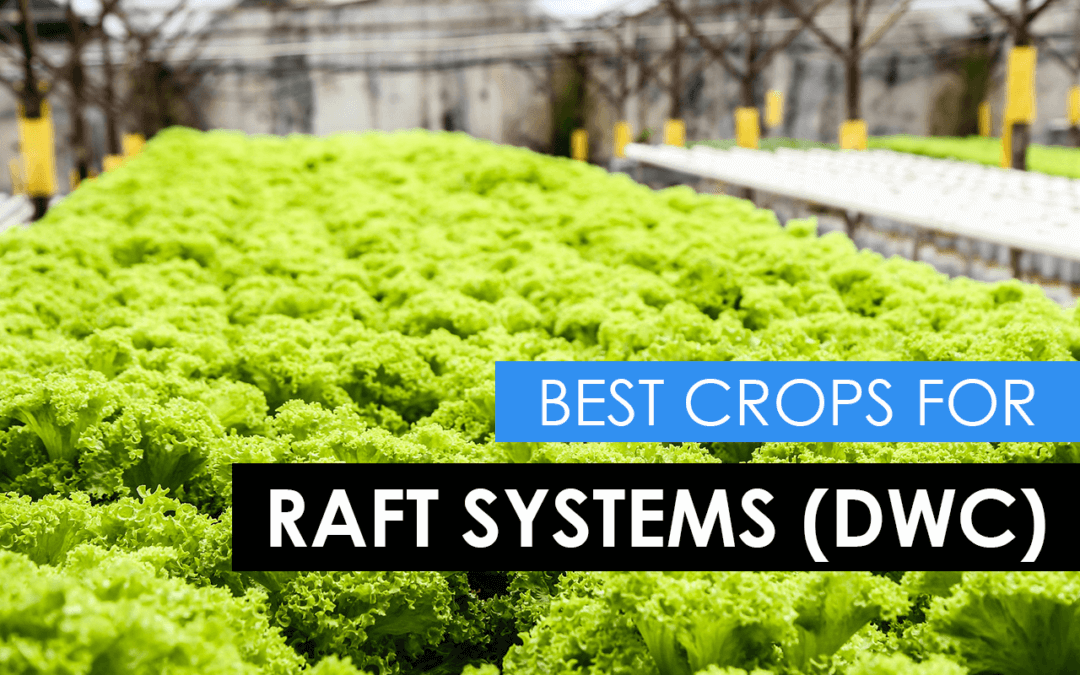
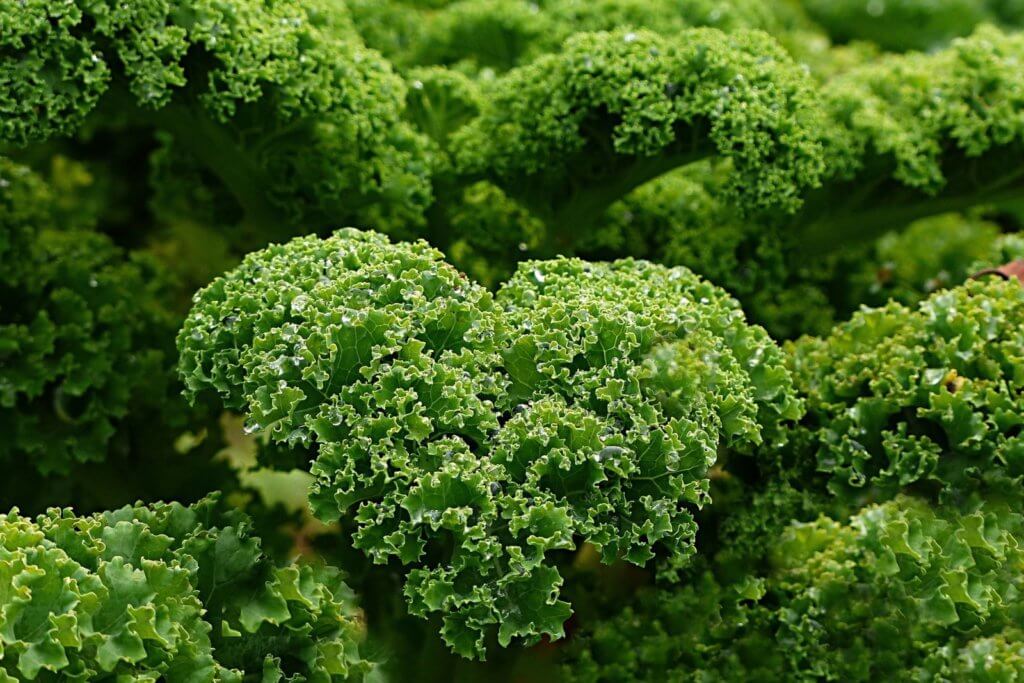
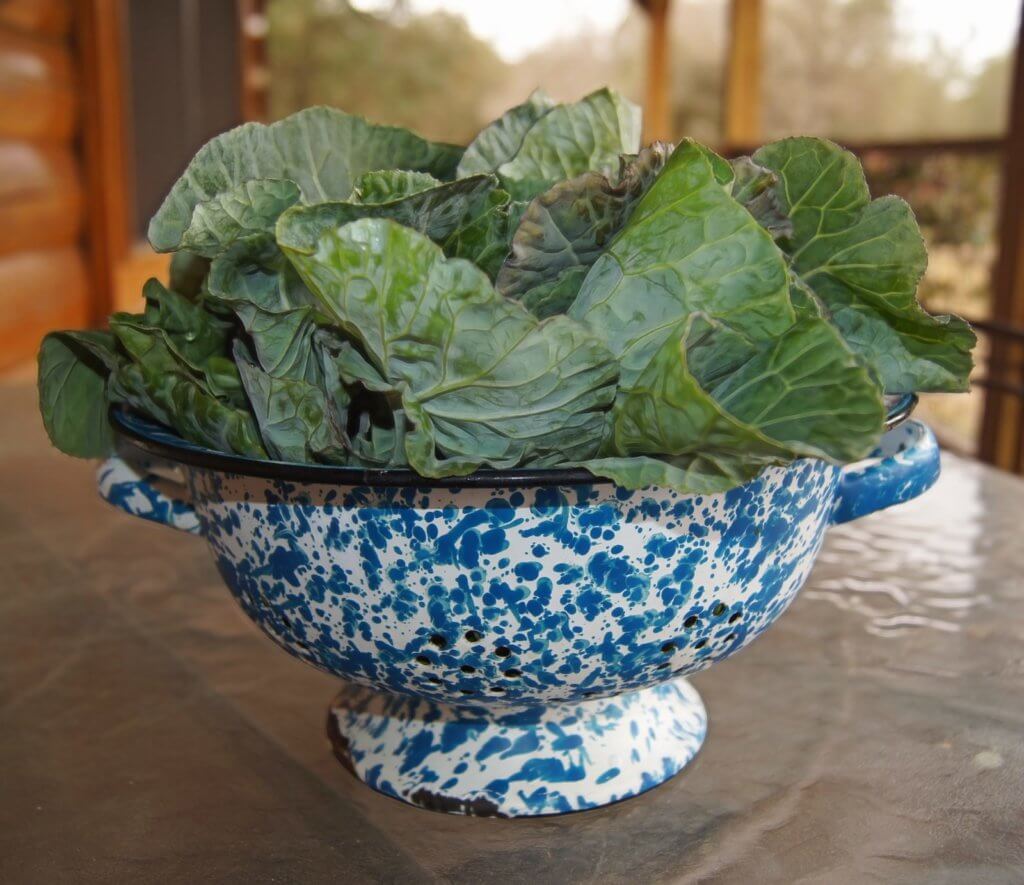


I see you mentioned okra as a DWC crop. I’ve grown okra before and it grows to a tall plant. How can that be in a raft?
Hey Jeff and Joni, okra does get relatively large and in a raft system you’ll have to cage or trellis it. Compared to something like tomatoes, however, okra still has a pretty set limit on height. Tomatoes will keep growing to twenty or thirty feet as you prune suckers and trellis them.
Would it be unrealistic to do a determinate tomato then?
Hey Aaron, not unrealistic, but maybe impractical. Even if it is biologically viable, that doesn’t mean that is is economically viable. You can probably make a sprawling, tangled plant grow in DWC – but you’ll pay for it in pruning and wrangling it into shape, a messy grow area, etc.
Then are you saying tomatoes might be best grown in buckets with trellising behind them? Like against a wall? We had considered a walk through arch for trellis type. The drip can be reset to occur more like a flush and drain.
Amy. Wouldn’t a bucket system with a curved overhead wire trellis system work better for tomatoes?
okra ? how is that not a top heavy crop? it grow over my head in my garden soil and heavy rains always know the stalks to an angle.
hi, i am planning on starting a dwc for spinach and lettuce and a few other crops. as priority i want to know more about dwc spinach and the best conditions to achieve good results
Hi Rahul,
Spinach can be a tough crop to grow commercially since the yield isn’t real high and not all markets are willing to pay a favorable price for it. If you have your heart set on spinach, though, you can grow it at 60-70ºF (don’t let it get higher than 75º), a pH of 5.5 – 6.5, and an EC or 2.0 – 2.5.
Hi I’m looking to start a float raft farm. The temperature here is an average 30 and also goes to 40 in summers.with controlled poly tunnel I want suggestions on which plants I can grow. I don’t want to spend too much on hydroponic systems hence prefer float raft systems.
Hey Rahul, anything listed as a warm-weather crop. If you’re battling heat, I don’t recommend anything like lettuce or strawberries, which prefer cooler temperatures.
what are the best crops to grow in india .. in a hot country
Hey Monica, read through some lists of hot weather crops to get some ideas. One helpful one is in the Best Crops for Hydroponics eBook: https://university.upstartfarmers.com/product/recommended-crops-list-best-crops-hydroponics
What is the best spacing for collards? I have lettuce rafts with hole spacing 4″ apart. I can’t seem to find a firm answer anywhere.
Hey Michael, it depends on the variety, but in general, you want about 12 inches from plant to plant since they grow quite large.
Hi I have a DWC system on my koi pond. The lettuce grow quite well but the leaves are very light green and not a nice dark green. What could be the problem?
Hi Frikkie,
It’s hard to say what the problem is without more information. Here are a couple resources you might find useful: Nutrient Deficiency Key, “Nutrient Deficiency: What’s Wrong With My Crop?“
hi I was wondering if you could plant snap peas or green beans in a dwc system.
Hi William!
Snap peas and green beans are both large-statured crops, which would probably do better in a system with a little more support like Bato Buckets. Check out our article on The Best Plants for Bato Buckets.
Hi,
i have a query, I am growing butterhead lettuce in my raft along with cilantro and amaranth. issue i am facing is my lettuce leaves now have grown but the stem is too weak due to which my plants are lying flat on surface.
what is going wrong with them?
Hi Sunit,
Some varieties will grow fairly flat against the raft. Otherwise, low light, low airflow, or low nutrient levels (particularly nitrogen or potassium) could be the culprit.
hi, i am planning on starting a dwc for lettuce and cabbage and a few other crops. as priority i want to know more about dwc lettuce and the best conditions to achieve good results.
Hi David,
Please check out this article for our best recommendations!
https://university.upstartfarmers.com/blog/harvesting-handling-lettuce-longer-shelf-life
how much deep of water for DWC
Hi Yahya, DWC should be around 10–16 inches deep. There is no need to go deeper than that. If the water is too shallow it can cause temperature and dissolved oxygen problems. If the water is too deep, you will pay more for water movement than you need to.
What about arugula? Can we grow it in DWC aquaponics?
Thank you
Hello there,
Yes, arugula should do fine in a DWC aquaponic system.
Hello,
Great article. For baby leaf crops in a DWC, what is the recommended planting density? The plants will stay for 14 days in propagation and then moved in DWC system for 7 more days until harvest (21 days from seed)
Thank you
Harry—the planting density will depend on the crop. Here is a blog that can help you calculate seeding rates and density.
Hi,
When building the DWC structure, I’d like to know what is the size of the water hole and how far should the hole be from the top of the liner to the center of the hole?
Thank you.
Would it possible to grow root crops on a raft system?
Hi there,
We are unwilling to say that it’s not entirely possible, but it would likely be very difficult.
Hi I’m stating an Aquaponics. And I would like to know how many cucumber plant can be grown in a 30×10 cucumber dedicated tunnel and approximately how many cucumbers can I expect?
Regards Cyfoh.
Hello
Do you have experience in iceberg lettuce in DWC setup? Will it for the head normally? Will the raft be able to carry the weight?
How do we tweak the nutrition levels in a floating Taft system according to the life stage of a plant as a plant is spending it’s whole life in the same pond?
Is there a rule of thumb of how many times you need to exchange the nutrient solution in the dwc tank per hour/day? How do you ensure sufficient oxygen in the root system otherwise?
Mostof the crops other than lettuce over grow raft beds and fall over
Who ever came up with list has never used dwc beds